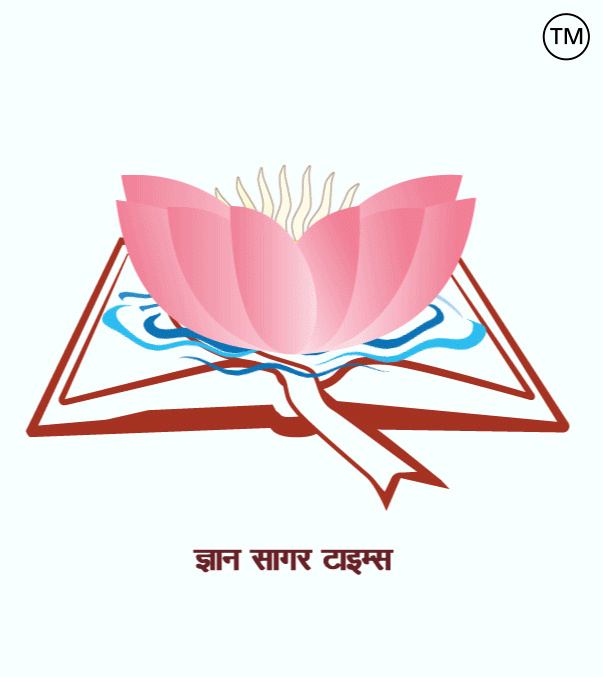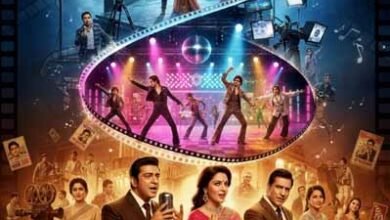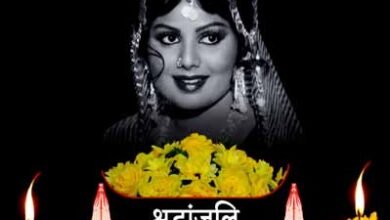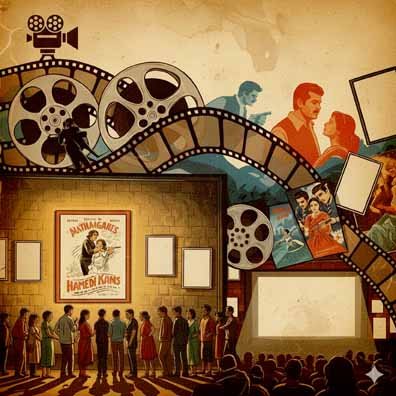
सिनेमा: कभी दौर था कहानियों का….
सिनेमा केवल एक दृश्य माध्यम नहीं था, वह एक संवेदनशील दर्पण था, जिसमें समाज की सच्चाइयाँ, संघर्ष, भावनाएँ और रिश्ते प्रतिबिंबित होते थे. आज जब हम तकनीकी चमत्कारों, ग्लैमर और बॉक्स ऑफिस की चमक में डूबे हैं, तब यह याद करना ज़रूरी है कि एक दौर था जब सिनेमा कहानी कहने का सबसे प्रभावशाली जरिया था.
सिनेमा, जिसे हम आज मनोरंजन का सबसे बड़ा माध्यम मानते हैं, हमेशा से ऐसा नहीं था. एक दौर था जब यह सिर्फ भव्यता, संगीत और सितारों का मंच नहीं, बल्कि सच्ची कहानियों का आइना था. उस समय कहानियों में गहराई थी, किरदारों में जान थी, और हर फिल्म समाज की किसी न किसी सच्चाई को दर्शाती थी.
भारतीय सिनेमा की शुरुआत से लेकर 70 और 80 के दशक तक, फिल्में अक्सर सामाजिक मुद्दों, पारिवारिक रिश्तों और मानवीय भावनाओं पर आधारित होती थीं. उस समय के निर्देशकों और लेखकों का ध्यान इस बात पर केंद्रित था कि वे एक ऐसी कहानी कहें, जो दर्शकों के दिल को छू जाए. गुरु दत्त की ‘प्यासा’ (1957) ने एक निराश कवि के संघर्ष को दिखाया, जबकि बिमल रॉय की ‘दो बीघा ज़मीन’ (1953) ने एक गरीब किसान की त्रासदी को पर्दे पर उतारा. ये फिल्में सिर्फ मनोरंजन नहीं, बल्कि समाज के प्रति एक संदेश भी थीं.
आज की फिल्मों में अक्सर गाने कहानी को बाधित करते हैं, लेकिन पुराने दौर में ऐसा नहीं था. गीत-संगीत कहानी का ही एक अभिन्न अंग हुआ करते थे. साहिर लुधियानवी और मजरूह सुल्तानपुरी जैसे गीतकारों ने ऐसे बोल लिखे जो कहानी के भाव को और गहरा करते थे. ‘गाइड’ (1965) का गाना ‘आज फिर जीने की तमन्ना है’ कहानी के मोड़ को दर्शाता है, जबकि ‘मदर इंडिया’ (1957) का ‘दुनिया में हम आए हैं’ संघर्ष और उम्मीद की कहानी कहता है. ये गाने सिर्फ सुनने के लिए नहीं, बल्कि कहानी को आगे बढ़ाने के लिए थे.
उस दौर के सिनेमा में किरदारों को गढ़ने पर बहुत जोर दिया जाता था. नायक-नायिका के अलावा, सहायक किरदार भी मजबूत और यादगार होते थे.’शोले’ (1975) में गब्बर सिंह का किरदार सिर्फ एक खलनायक नहीं, बल्कि एक ऐसा प्रतीक बन गया जो आज भी लोगों के जेहन में जिंदा है. बलराज साहनी और उत्पल दत्त जैसे अभिनेताओं ने अपनी अदाकारी से किरदारों को अमर कर दिया. वे अपनी भूमिका को जीते थे, सिर्फ अभिनय नहीं करते थे.
धीरे-धीरे, जैसे-जैसे समय बदला, सिनेमा का ध्यान कहानियों से हटकर मनोरंजन और व्यावसायिक सफलता पर केंद्रित होने लगा. 90 के दशक में ‘रोमांटिक’ और ‘मसाला’ फिल्में हावी हो गईं, जहां कहानी की जगह डांस, एक्शन और ग्लैमर ने ले ली. आज का सिनेमा तकनीक और बड़े बजट पर अधिक निर्भर है. हालांकि, ‘न्यू-एज’ सिनेमा ने कहानियों पर फिर से जोर देना शुरू किया है, लेकिन पुरानी फिल्मों की तरह की गहराई और सरलता कम ही देखने को मिलती है.
सिनेमा कभी केवल देखने का माध्यम नहीं था, वह महसूस करने और सोचने का जरिया था.आज भी जब हम पुरानी फिल्मों को देखते हैं, तो हमें केवल मनोरंजन नहीं मिलता, बल्कि एक ऐसा एहसास होता है कि हम एक ऐसी दुनिया का हिस्सा हैं, जहाँ कहानियाँ ही सब कुछ थीं.
========== ========= ===========
Cinema: There was a time of stories…
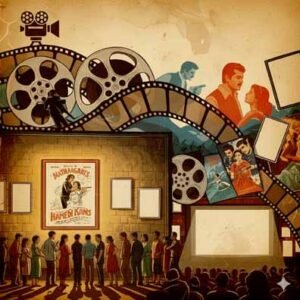
Cinema was not just a visual medium; it was a sensitive mirror, which reflected the truths, struggles, emotions and relationships of society. Today, when we are immersed in technical wonders, glamour and box office glitter, it is important to remember that there was a time when cinema was the most effective medium of storytelling.
Cinema, which we consider the biggest medium of entertainment today, was not always like this. There was a time when it was not just a stage of grandeur, music and stars, but a mirror of true stories. At that time, the stories had depth, the characters had life, and every film reflected some truth of society.
From the beginning of Indian cinema to the 70s and 80s, films were often based on social issues, family relationships and human emotions. The focus of the directors and writers of that time was to tell a story that would touch the hearts of the audience. Guru Dutt’s ‘Pyaasa’ (1957) showed the struggle of a disappointed poet, while Bimal Roy’s ‘Do Bigha Zameen’ (1953) brought to the screen the tragedy of a poor farmer. These films were not just entertainment, but also a message to society.
In today’s films, songs often interrupt the story, but this was not the case in the old times. Songs and music used to be an integral part of the story. Lyricists like Sahir Ludhianvi and Majrooh Sultanpuri wrote such lyrics that deepened the emotion of the story. The song ‘Aaj Phir Jeene Ki Tamanna Hai’ from ‘Guide’ (1965) shows the turning point of the story, while ‘Duniya Mein Hum Aaye Hain’ from ‘Mother India’ (1957) tells the story of struggle and hope. These songs were not just for listening, but to take the story forward.
In the cinema of that era, a lot of emphasis was laid on building characters. Apart from the hero and heroine, the supporting characters were also strong and memorable. Gabber Singh’s character in Sholay (1975) became not just a villain but an icon that lives on in people’s minds even today. Actors like Balraj Shani and Utpal Dutt immortalized the characters with their acting. They lived their roles, not just acted them out.
Gradually, as times changed, cinema’s focus shifted from stories to entertainment and commercial success. The 90s saw the rise of romantic and masala films, where dance, action and glamour replaced story. Today’s cinema is more dependent on technology and big budgets. Though new-age cinema has started to focus on stories again, the depth and simplicity of old films are rarely seen.
Cinema was never just a medium to watch; it was a medium to feel and think. Even today, when we watch old films, we do not just get entertained but also feel that we are part of a world where stories were everything.

